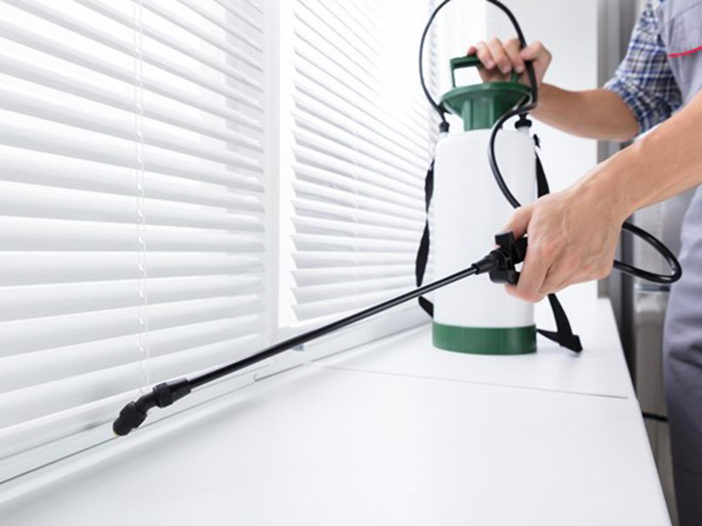
March is spring break time for many around the Northwest. Thoughts turn to the hope of warmer and dryer days, buds sprout on the trees, and daffodils start to poke through the ground. What’s not to love? Well, spring is also when those pests who have stayed hidden away all winter start to appear with one of the most terrifying, the termite, ready to get chewing. Before they get carried away, do everything you can now to keep them from taking over your home.
In the Pacific Northwest, we see both western subterranean and Pacific dampwood termites. The good news is that these termites, unlike drywood termites, need moisture to survive. Yes, we have plenty of moisture here to keep them thriving, but that means they leave hardwoods, such as the framing on your building or your furniture alone. They actually prefer the great outdoors, but if they build a nest that sits right next to your building they may decide to come inside and see what food you have for them.
This is why it is important to keep things like wood piles, that stack of newspapers for recycling, those old wooden pallets, away from the sides of your home. Even a few inches of space can seem like the Grand Canyon to a termite and discourage them from exploration. They live underground but build tunnels as they search out their favorite meal of anything made from cellulose material. Insulation, damp wood, cardboard, and even things with cotton fiber like that pile of old t-shirts you use as rags, are a termite buffet. They are especially fond of decaying old tree stumps or logs.
Termites are stealthy so if they do find their way into your house and discover a steady supply of food and a nice place to nest, it may be years, before you begin to notice any damage from an infestation. This may seem hard to believe as queens can lay up to 30,000 eggs per day so surely you’d see these pests, but they know how to hide and their biggest enemy is daylight making them hard to find. While you can’t see them, you can see signs of them like:
- Drywall that has small holes or is drooping
- Peeling paint
- Squeaky or buckling floorboards
- Mud tubes along the foundation of your home
- Crumbling or damaged wood
A sure sign of a problem is if you find piles of wings around the surfaces of your home like on windowsills or caught in spiderwebs. Twice a year termite swarms occur when mature termites leave the nest to start new colonies. They fly and then they promptly lose their wings.
If you suspect you have termites in your home or business, call in the experts at Northwest Pest. Once your suspicions are raised it’s probably too late for a home remedy and the longer they remain your tenants the more damage they can cause.